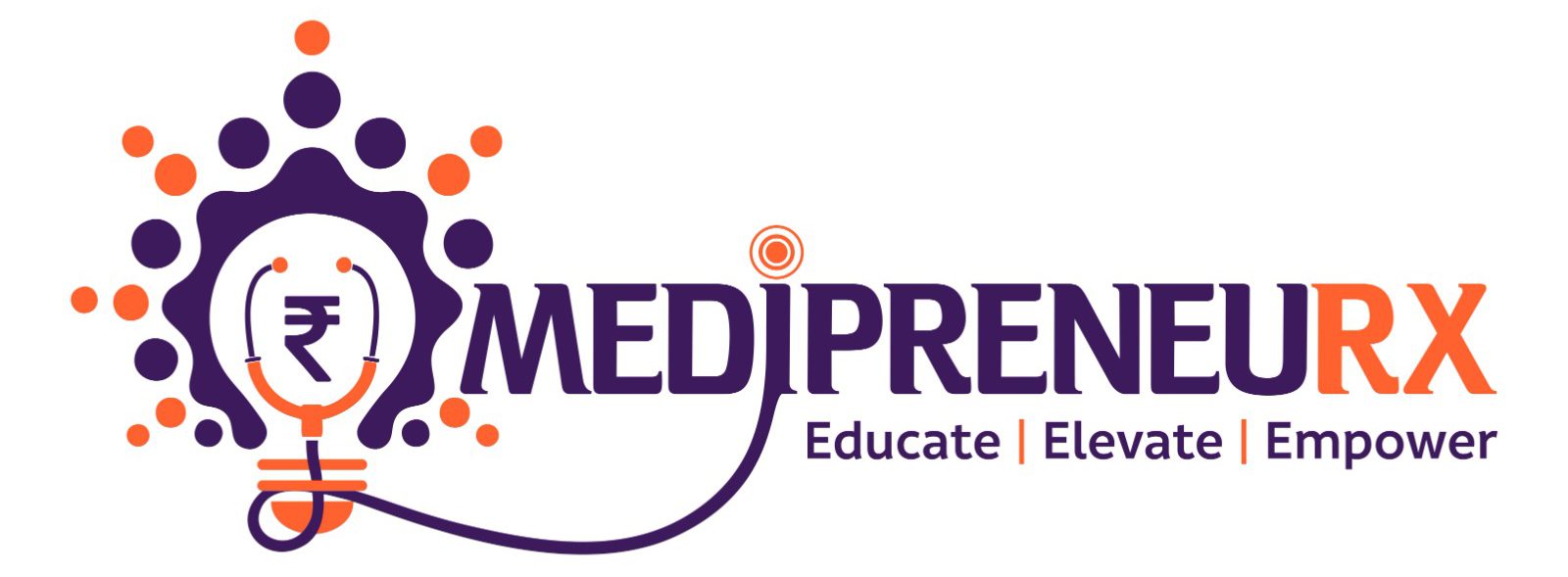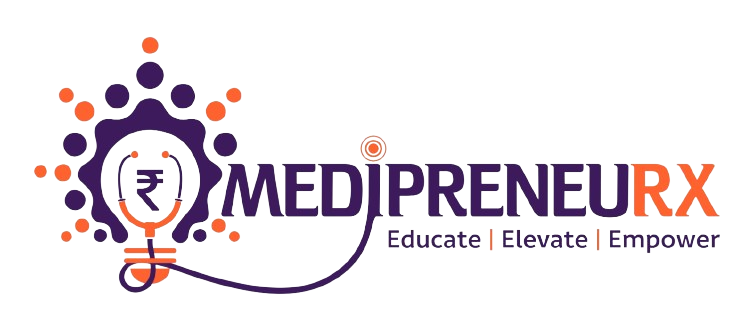Financial Management’s Significance for Healthcare Organizations’ Resource Allocation Effective financial management guarantees the best possible distribution of resources, including cash, people, and equipment. In the end, it improves patient care and operational efficiency by helping to prioritize investments in vital areas like infrastructure development, staff training, and medical technology.
Cost Control: As healthcare expenses keep rising, cost control is crucial to long-term operations. Budgeting, cost analysis, and spending monitoring are examples of financial management techniques that help find ways to save costs, cut waste, and streamline procedures without sacrificing patient care.
Revenue Generation: A variety of revenue streams, such as patient fees, insurance reimbursements, grants, and donations, are essential to healthcare institutions. Efficient financial management entails optimizing income generation via precise invoicing, streamlined claims handling, well-thought-out pricing tactics, and investigation of novel revenue streams.
Compliance and Risk Management: The legal framework and compliance standards pertaining to healthcare are intricate and dynamic. Financial management guarantees compliance with legal and regulatory obligations, including as financial reporting requirements, privacy laws (like HIPAA), and billing regulations (like Medicare and Medicaid rules). In order to manage financial risks including fraud, billing problems, and compliance violations, it also entails risk assessment and mitigation techniques.
Financial Planning and Forecasting: In order to navigate economic uncertainty, foresee future financial demands, and make well-informed strategic decisions, healthcare organizations must engage in long-term financial planning and forecasting. Planning for capital investments, expansions, and contingencies is made easier with the use of financial management tools including budget estimates, cash flow analysis, and financial modeling.
Investing in High-Quality Care: Patient care quality is directly impacted by sound financial management. Sufficient money enables healthcare providers to make investments in patient safety programs, staff training, evidence-based procedures, and cutting edge medical technologies, which improves treatment outcomes and patient satisfaction.
Operational Efficiency: By streamlining processes, cutting expenses associated with administration, and better utilizing resources, sound financial management techniques enhance operational efficiency. To reduce manual errors and streamline operations, it entails putting in place effective financial tools, electronic health records (EHRs), and billing systems.
Investment Management in Healthcare
The goal of healthcare investment management is to strategically manage the financial resources of healthcare organizations in order to increase patient care, establish new revenue streams, and achieve sustainability. Key elements of healthcare investment management include the following:
Analysis and Reporting: Practice owners can monitor and analyze costs, patient results, and financially viable strategies for future expansion by investing in medical research and specialized equipment. Long-term financial performance that is in line with the organization’s goal is ensured by strategic financial management strategies, like those used by the Cleveland Clinic and other organizations.
Risk management: Risk management in healthcare keeps an eye out for threats like fraud and data breaches in addition to issues connected to patients. Confidentiality and financial integrity depend on understanding reimbursement regulations and safeguarding medical records.
Quality of Care: Value-based payment models encourage providers to concentrate on enhancing health outcomes and lowering long-term care costs by rewarding quality treatment rather than services given.
New Revenue Sources: The organization’s goal, main line of business, and competitive advantages are all in line with strategic revenue potential. Digital health technologies, telemedicine, and outpatient treatments are examples of trends that open up new opportunities for value creation and revenue growth.
New Developments in Healthcare
Healthcare developments like the following are driven by changing care models, modern technology, and demographic shifts:
Technological Advancements: Artificial Intelligence, big data, and digital health tools improve patient happiness and access to care as well as preventative care.
Outpatient Services: Providing outpatient services in conjunction with physician practices is a great way to supplement standard in-patient care.
Demographic Opportunities: As the population ages, there is a growing need for more healthcare jobs and specialized care.
Job Opportunities: There are many job opportunities due to the growth in healthcare occupations, such as those of personal care aides, sonographers, therapy assistants, and home health aides.
For resource allocation, cost control, income creation, compliance, risk management, and strategic planning, financial management is essential in healthcare businesses. In a continuously changing healthcare environment, healthcare investment management focuses on prudent investments, risk reduction, high-quality care, and new revenue streams to assure financial sustainability and improve patient outcomes.








